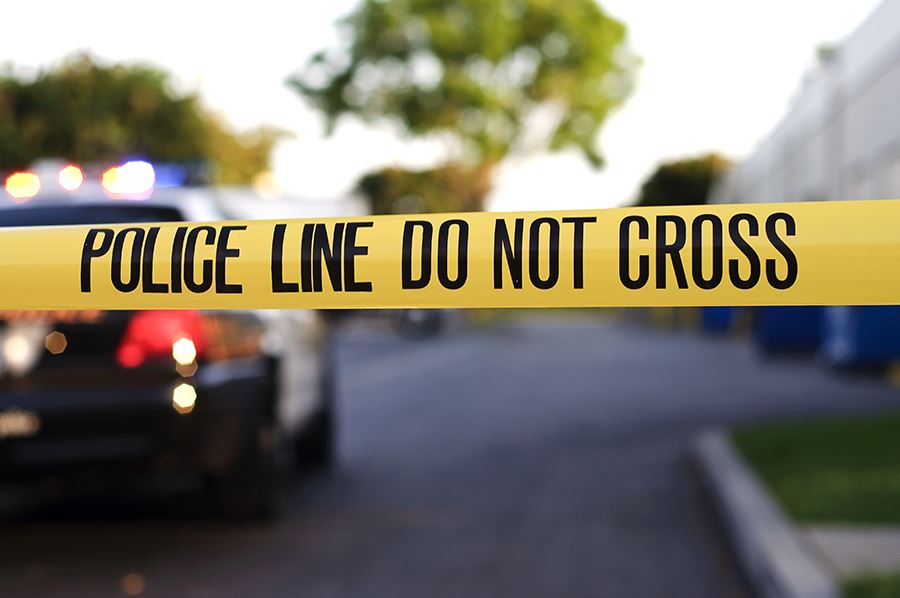Maximizing Active Shooter Preparedness

In today's world, it is essential for individuals and organizations to be prepared for potential active shooter incidents. Active shooter situations can occur unexpectedly, making it crucial to have effective strategies in place to minimize harm and save lives. This article will provide valuable insights and actionable tips on how to maximize active shooter preparedness. By implementing these strategies, you can enhance your level of readiness and response to such critical incidents.
Understanding the Active Shooter Threat
The first step in maximizing active shooter preparedness is to understand the nature of the threat. Active shooter incidents involve an individual actively engaged in killing or attempting to kill people in a populated area. These situations typically evolve rapidly and require immediate action to mitigate the potential for harm. By recognizing the unique characteristics and challenges of active shooter scenarios, you can better tailor your preparedness efforts to address this specific threat.
Creating an Emergency Action Plan
Developing a comprehensive emergency action plan is vital to ensure a coordinated response during an active shooter situation. Start by conducting a thorough assessment of your organization's vulnerabilities, including physical security measures, access control, and potential response strategies. Involve key stakeholders and experts in the process to gain diverse perspectives and insights. The emergency action plan should outline clear steps for reporting, evacuating, and sheltering in place, along with designated safe areas and communication protocols.
Training and Education
Proper training and education are critical components of active shooter preparedness. Ensure that all employees or individuals within your organization receive comprehensive training on active shooter response protocols. This should include information on recognizing warning signs, responding to incidents, and providing first aid to the injured. Conduct regular drills and exercises to reinforce training and familiarize participants with emergency procedures. Additionally, consider providing educational resources, such as brochures or online materials, to raise awareness among individuals outside your organization.
Enhancing Communication and Notification Systems
Effective communication is paramount during active shooter incidents. Implement robust communication and notification systems to relay critical information quickly and efficiently. Explore options such as mass notification platforms or mobile apps, like Savvy Citizen, which enable real-time updates and alerts. These systems should allow for seamless communication among employees, security personnel, and law enforcement agencies, ensuring a coordinated response and timely dissemination of information.
Establishing a Reporting Mechanism
Encourage and establish a reporting mechanism for individuals to share any concerning behaviors or suspicious activities they observe. Create a safe and confidential reporting system that allows employees or members of the community to report potential threats without fear of retribution. Properly evaluate and investigate all reported concerns to determine the appropriate course of action. Timely reporting can help identify and address potential threats before they escalate into active shooter incidents.
Collaborating with Law Enforcement
Building strong partnerships with local law enforcement agencies is vital for active shooter preparedness. Engage with law enforcement representatives to establish open lines of communication and facilitate joint training exercises. Collaborate on threat assessments, response strategies, and information sharing protocols. Law enforcement agencies can provide valuable expertise and guidance to enhance your organization's preparedness efforts.
Regular Evaluation and Updates
Active shooter preparedness is an ongoing process that requires regular evaluation and updates. Conduct periodic assessments to identify any gaps or areas for improvement in your emergency action plan, training programs, or communication systems. Stay informed about the latest best practices and industry standards related to active shooter preparedness. By continuously reviewing and enhancing your preparedness measures, you can adapt to evolving threats and ensure the highest level of readiness.
Conclusion:
Maximizing active shooter preparedness is a crucial responsibility for individuals, organizations, and communities. By understanding the nature of the threat, creating comprehensive emergency action plans, providing proper training and education, enhancing communication systems, establishing reporting mechanisms, collaborating with law enforcement, and conducting regular evaluations, we can significantly improve our readiness and response to active shooter incidents. Together, let us remain proactive, committed, and dedicated to safeguarding lives and creating safer environments for everyone.





